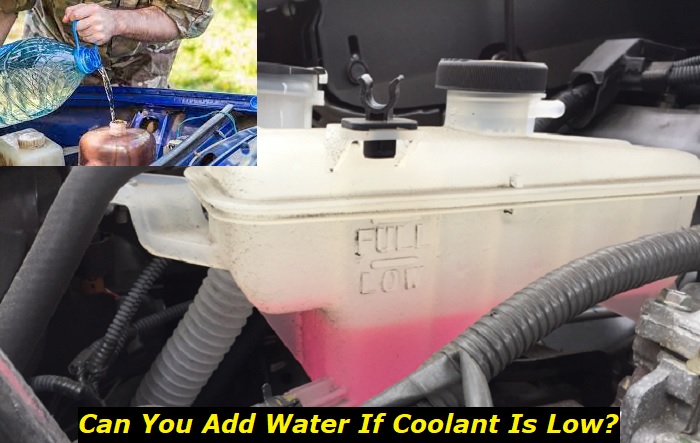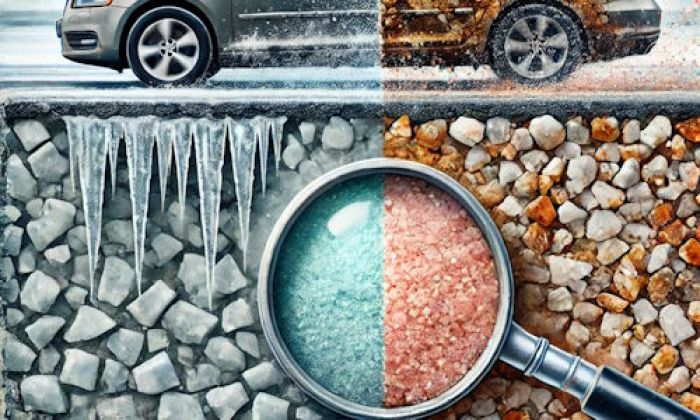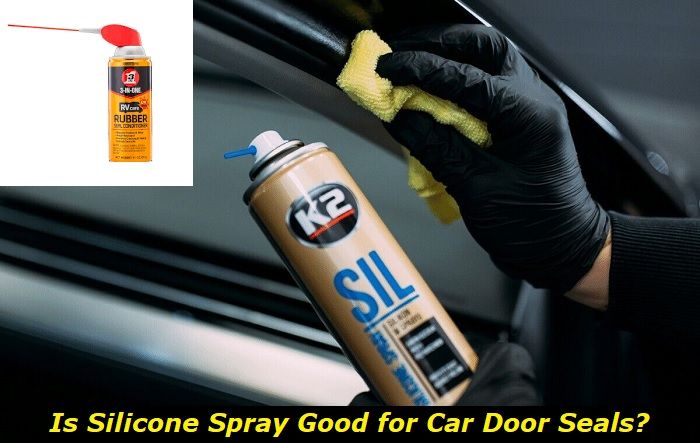You can top up your radiator with water if you have no more option to cool the engine. It should keep the engine cool in short distances. Water leaves contaminants or deposits in your radiator.
Coolant level problems highlights
- Level of urgency:high
- Commonreasons:cooling system problems, leaks, coolant expands, circulation issues
- DIY diagnostics:quite complicated
- DIY repair:impossible
- Price of repair:$300 - $850
- Time for repair:3 - 9 hours
- If ignored:engine overheating and failure, cooling equipment problems

What Happens When the Coolant is Low?
Most drivers would drive without extra coolant. In most cases, you are not aware you will need it.
Here is what you should expect when running with low coolant levels.
Effects of Low Coolant
You will not like when your coolant level goes low. It could cause unimaginable repair costs.
In worst-case scenarios, you may have to replace your entire engine.
- Your engine may overheat.
- Your head gasket could blow.
- Your car may go into limp mode.
- Air in your coolant system
Signs that the Coolant is Low
- Your temperature gauge is going red
- Malfunctioning AC
- Something smells sweet on your AC or under your vehicle hood.
Can I Add Water to the Coolant System?
When you cannot access coolant, you can add water to cool down your engine temporarily. This option goes only if you have no other choice.
When you are at this point, set your mind to add coolant as soon as you reach your destination.
Will Water Cool the Engine Alone?
Water can cool the engine alone. However, water has a lower boiling point. A lower boiling point means it is easier to get hot than coolant.
Pure water boils at 100° C or 212° F. It freezes at 0° C or 32° F.
Meanwhile, adding coolant will increase its boiling point, making it slower to get hot. With a 50/50 coolant-to-water mixture, the boiling point reaches 106° C or 223° F. The mixture freezes at 37° C or 35° F.
At 70/30 coolant-to-water mixture, the boiling point goes 113° C or 235° F. The freezing point of water goes about -55° C / -67° F in this mixture.
Also, consider the climate in your area. To maintain your engine's coolness, you need a 50/50 mixture of water and coolant.
Why is Water Not the Best Option?
1) Water causes corrosion
Although water could temporarily cool your engine, using 100% water can be more harmful than useful.
If you use water to cool the engine frequently, it may leave mineral deposits that cause corrosion over time. These mineral deposits form rust in the body of your engine, causing contamination.
These contaminants could impede the function of your engine components. It could circulate to passages, damage your cooling system, and later cause leaks. Additionally, rust causes wear and tear on the engine, leading to irreparable and costly damages.
2) Water freezes in a cold climate.
The water will freeze if your coolant system does not have an anti-freeze. This situation is prevalent in places with cool climates. Once your radiator freezes, the frozen water could crack up your radiator and damage your cooling system. Frozen water in your engine expands and causes the engine components to crack.
3) Water boils and evaporates.
Water has low heat capacity. It is less efficient than coolant in transferring heat away from the engine. Having a lower boiling point means the water will evaporate. Coolant has a higher boiling point, which makes it less likely to boil at a hot temperature. When the water evaporates in your engine, you will have nothing to cool your engine. You need to stop driving and let your engine cool down.
4) It doesn't offer protection to the engine.
Although water is a natural coolant, it does not protect the engine like coolants do. It does not have additives that protect the engine from accumulating rust. It does not protect from boiling or freezing. For this reason, you must add coolant to water in a 50/50 mixture.
When is it Okay to Use Water?
Here's when using water is okay to cool your engine:
- When you are in an emergency and have no coolant available
- When using water as a temporary coolant
- When you are using only distilled water
- When using it only for a short time
What is the Best Type of Water to Use for the Radiator?
The best type of water to cool the engine is distilled water. Distilled water is free from impurities. Although you can use bottled or tap water, distilled had the highest water quality than tap and ionized water. Tap water contains mineral deposits that can leave your engine, which can contribute to forming rust and corrosion on your engine.
How to Add Water to the Cooling System?
When you add water to the cooling system, the water will dilute the remaining coolant in the tank, reducing its efficacy. However, since your vehicle is low in coolant, you need to top it up with water if you do not have access to the coolant. Here's how you can do it:
- Set your engine to Park or Neutral and your parking brake on
- Turn off your engine and let it cool. Make sure the engine is cool before touching the radiator cap! If you touch the motor while it is hot, it will sputter hot coolant and burn your hands.
- Loosen the radiator cap when the engine has cooled down. Make sure you have protection in your hands like gloves or thick cloth. Let the cap loosen pressure before taking it off.
- Pour in the highest quality water you have and fill it.
- Return the radiator cap to its place
When Should You Add Coolant Again?
Note that you should add coolant again after your trip. Do not delay replacing the water with coolant. Remember you must flush all the water out before filling the coolant in. But before you start filling your tank with fresh coolant, make sure to bring your engine to your trusted service shop for inspection.
Find the Cause of the Low Coolant Level First!
Ideally, your technician must locate the cause of having a low coolant level. Flushing the water and replacing it with coolant sooner without addressing the problem will be useless since the problem will reappear.
The most common cause of low coolant levels is leaks. The leaks could be anywhere in the coolant system: hoses, radiator, water pump, or engine block.
Another cause of low coolant levels is overheating. When the coolant reaches its boiling point, it will evaporate and lead to low coolant levels.
When the air intake manifold is defective, it may suck the coolant into the combustion chamber leading to low coolant levels.
Also, a faulty head gasket can cause the coolant to mix with the oil and compress. If this happens, the coolant will be included in combustion, resulting in the tailpipe emitting white smoke and low coolant levels.
Also, the radiator cap may become faulty. Its overpressure valve should open when the pressure level reaches a certain point. However, when this valve is defective before the pressure level reaches this point, the coolant may leak.
Your technician should find the root cause of the coolant loss and perform necessary replacements.
The Right Way to Add Coolant
Step 1 Flush the remaining coolant and water.
Make sure to cool your engine down before touching the cap. You can wear safety gloves and glasses to protect your hands and eyes from the cooling agent.
Lift the front of your vehicle with a jack stand so you can gain access to the drain plug or petcock. Place a draining pan or bucket under it. It should hold about 2 gallons of liquid.
Go under the hood and locate your radiator. Twist the cap off. Release the drain plug or petcock to drain the remaining coolant in the system. Reseal the plug.
Step 2 Clean your engine.
Pour water and radiator cleaner into your radiator cap using a funnel. This procedure ensures that all the liquids go into the tank. Turn and run your vehicle for five to ten minutes. This procedure recirculates the water and cleaner throughout and drains the remaining coolant in the system.
Turn the engine off and let it cool down for fifteen to twenty minutes before opening the drain plug or petcock. Let the radiator cleaning solution and water drain fully. Close the drain plug.
Repeat the same steps for cleaning the engine, but flush it only with water only. After filling the radiator with water, run the engine to recirculate the water. Let the engine cool before draining the water. Repeat this process until the water is clear. Seal the drain plug when done.
Step 3 Top up your cooling system.
Now that your coolant system is clean, it's time to prepare your coolant solution. Mix ½ gallon of coolant/antifreeze and ½ gallon of water in one clean container. Or you can purchase a premix coolant solution. Pour it on the radiator cap using a funnel. Pour the solution slowly so it will not overflow on the funnel. Start and run your engine to pull the solution remaining on the funnel. Seal the radiator cap after emptying and removing the funnel. Let your engine cool for about fifteen minutes before checking if the antifreeze has filled the radiator.
When to Stop Driving with Water Only Cooling the System?
If you have decided to run your engine with only water in the radiator, bear in mind the overheating risks. When your temperature gauge is red, pull over and stop driving. It is not worth risking your engine's health for a short drive to your destination with water only. Remember that water will evaporate sooner, and your engine may suffer the consequences of overheating.
And as you move on from this experience, always bring coolant in for these cases.
About the authors
The CarAraC research team is composed of seasoned auto mechanics and automotive industry professionals, including individuals with advanced degrees and certifications in their field. Our team members boast prestigious credentials, reflecting their extensive knowledge and skills. These qualifications include: IMI: Institute of the Motor Industry, ASE-Certified Master Automobile Technicians; Coventry University, Graduate of MA in Automotive Journalism; Politecnico di Torino, Italy, MS Automotive Engineering; Ss. Cyril and Methodius University in Skopje, Mechanical University in Skopje; TOC Automotive College; DHA Suffa University, Department of Mechanical Engineering






Add comment